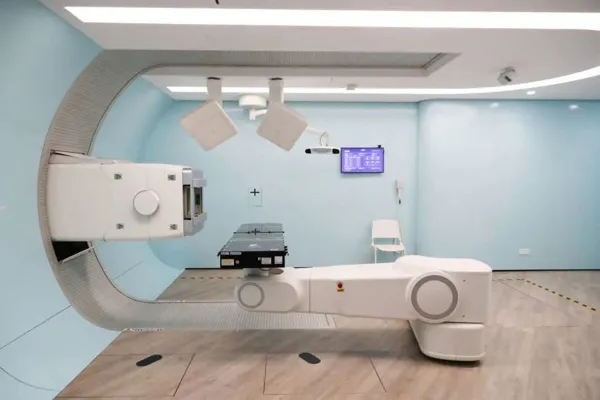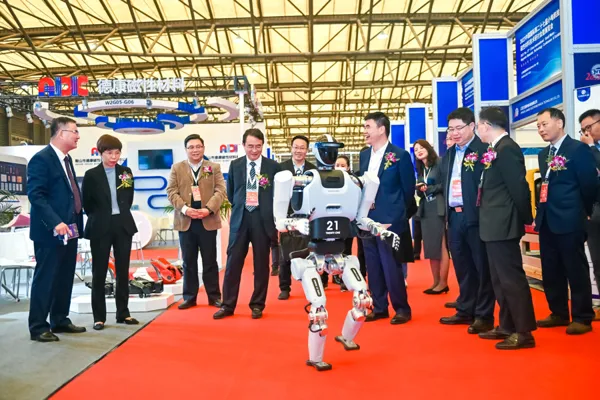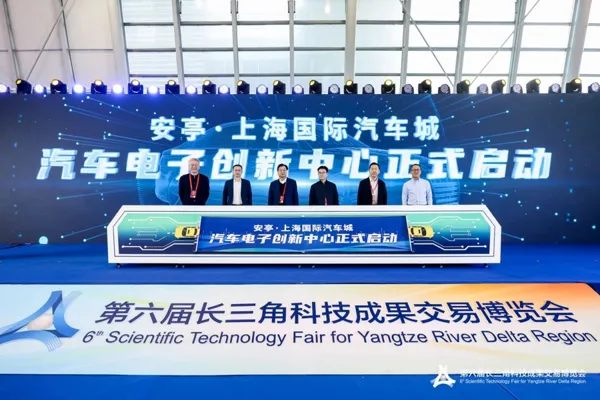What inspiration does it have for Shanghai’s scientific and technological innovation? 128 newly released research frontiers
Recently, the Institute of Science and Technology Strategy Consulting of the Chinese Academy of Sciences, the Documentation and Information Center of the Chinese Academy of Sciences, and Clarivate Analytics jointly released the "2023 Research Frontiers" report, which selected 128 of the 11 disciplines in the natural sciences and social sciences that are active or developing rapidly. Research fronts include 110 hot fronts and 18 emerging fronts.
What implications do these research frontiers have for Shanghai’s scientific and technological innovation? A reporter from Jiefang Daily and Shangguan News had an exclusive interview with Zhuang Jun, director of the Industrial Innovation Research Office of the Shanghai Institute of Science.
[Some hot frontiers are not far from industrial applications]
The "2023 Research Fronts" report is based on paper data published from 2017 to 2022, using the co-citation analysis method in bibliometrics, taking the 12,922 research fronts in the Clarivate Analytics database as a starting point, and using the number of core papers and year Agricultural sciences, botany and zoology, ecology and environmental sciences, earth sciences, clinical medicine, biological sciences, chemistry and materials science, physics, astronomy and astrophysics are selected through professional judgment. Research frontiers in 11 subject areas including mathematics, information science, economics, psychology and other social sciences.
"These research frontiers tend to be more basic research, especially hot frontiers in the fields of earth science and physics, which explore more basic scientific issues." Zhuang Jun introduced that there are three categories of basic research, which are divided into strategically oriented systematic basic research. , cutting-edge exploratory basic research and market-oriented applied basic research. Among these 128 research fronts, the second category accounts for the highest proportion.
Despite this, some hot frontiers are not far from industrial applications.
For example, the cutting-edge research on "Research on the Substitution of Plant-Based Meat and Cell-Cultured Meat" uses cell culture and tissue engineering technology for in vitro cultivation. It is the application of synthetic biology in food science and is also an eye-catching industry direction. . As early as 20 years ago, NASA successfully cultivated goldfish cells in order to allow astronauts to eat non-perishable meat.
For another example, the hot frontier of information science is closely integrated with artificial intelligence. Research frontiers such as "federated learning of edge technologies" and "interpretable artificial intelligence", although they are also relatively basic theoretical research, are already an important part of the artificial intelligence industry layout. "The next generation VR/AR real-time holographic near-eye display method" is even closer to technological innovation. Whether it is virtual reality technology or augmented reality technology, once a breakthrough is achieved, it can be quickly converted to technical solutions.
"This is the tenth consecutive year that the "Research Frontiers" series of reports have been released. It is a very good guide for promoting basic research, but we must also have a dialectical understanding of it." Zhuang Jun said.
On the one hand, these hot frontiers and emerging frontiers will have a relatively high degree of recognition in international cooperation. Shanghai is exploring the establishment of a global science and technology partnership program, which is easy to generate a relatively broad consensus. On the other hand, we cannot just follow these studies as a guide, instead of following hot spots. Climbing to the top of science requires independent judgment and basic research must be problem-oriented.
"Full-process innovation advocates the combination of basic research and application development, especially the combination of underlying technology and market prospects. Judging from these 128 research frontiers, there is still a lot of work that can be carried out." Zhuang Jun suggested that some basic research can be combined Research hot spots are better integrated with the "2" industrial system that Shanghai is promoting, thereby connecting productivity and promoting innovation throughout the process.
Based on the "Research Frontiers" report, the "Research Frontiers Heat Index" reveals the research activity of major countries and regions in these frontier fields, and observes their research output contribution and influence performance. The report shows that at the overall level of 11 subject areas, the United States is still the most active country, and China continues to rank second. The United States scores highest in 6 fields, and China scores highest in 5 fields. The gap between China and the United States is narrowing. . The top five countries also include the UK, Germany and France.
It is worth noting that in October this year, the China Association for Science and Technology released 29 cutting-edge scientific issues, engineering technology problems and industrial technology issues. Among them, the cutting-edge question "What are the basic scientific issues affecting the development of high-performance fibers" was condensed and provided by Chen Hongguang, associate researcher of the Industrial Innovation Research Office of the Shanghai Institute of Science.
"Everyone has a consensus on some cutting-edge issues." Zhuang Jun said, for example, the engineering technical problem "How to apply brain-computer interface technology to clinical medicine" released by the China Association for Science and Technology is different from "How to apply brain-computer interface technology to clinical medicine" among the 128 research fronts this time. "Convolutional Neural Network for EEG Signal Analysis" has similarities, and the latter's research will promote the application of brain-computer interface technology in clinical medicine.





